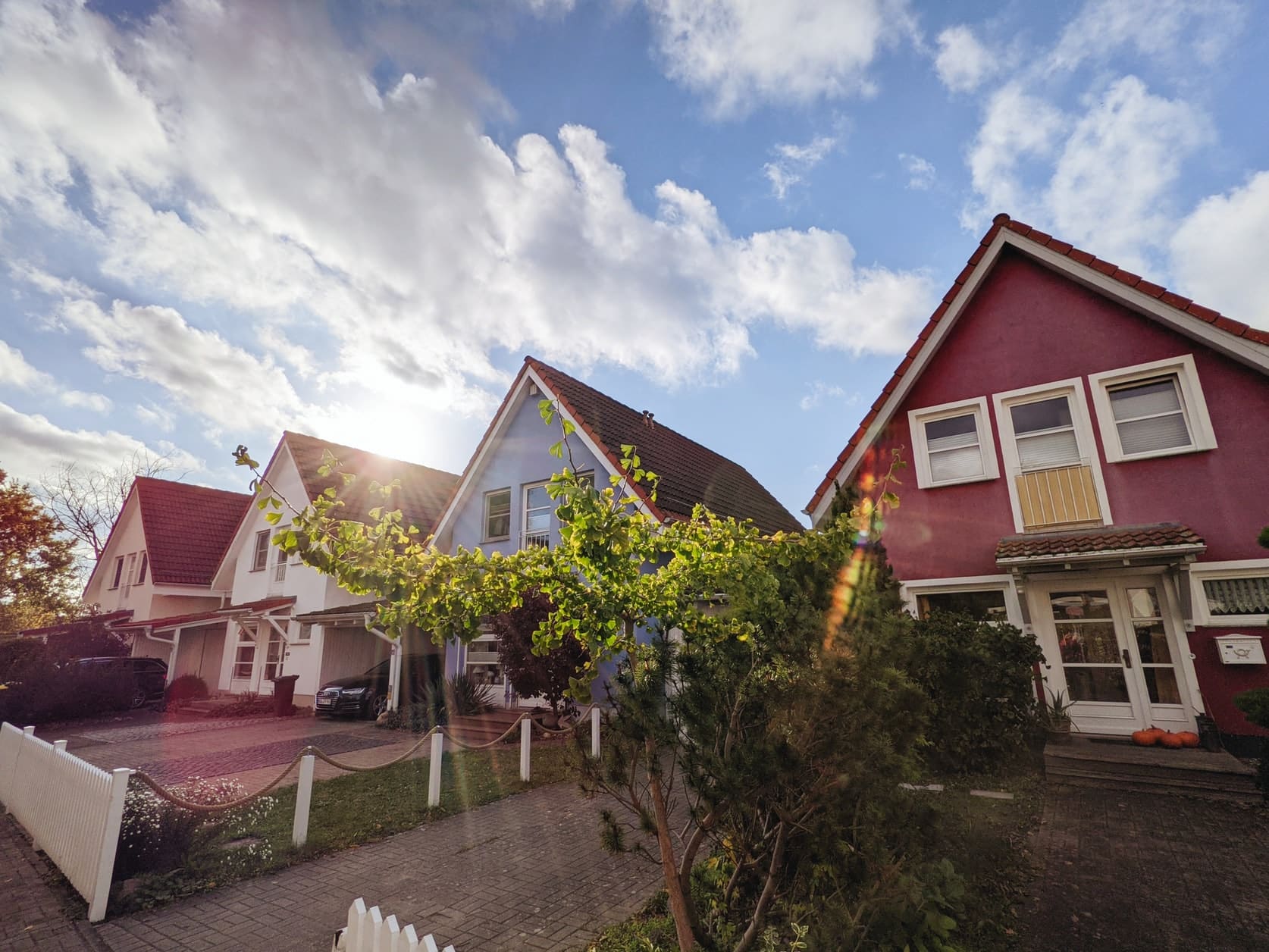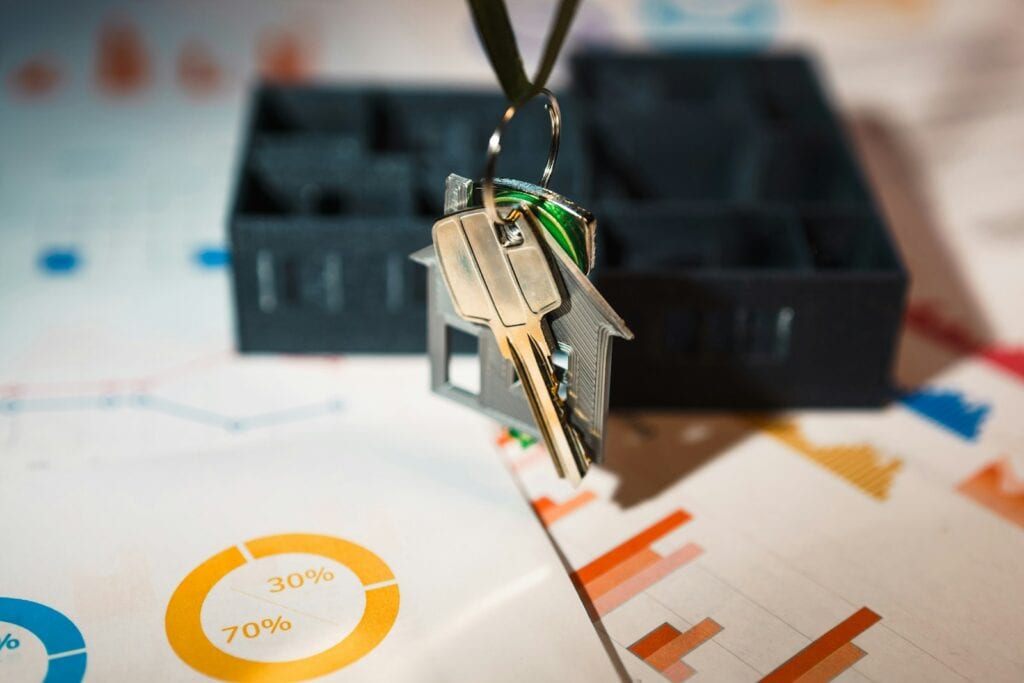Get Expert Financing
- Matched with investor-friendly lenders
- Fast pre-approvals-no W2s required
- Financing options fro rentals, BRRRR, STRs
- Scale your portfolio with confidence
Investing in real estate can be a powerful way to build wealth, but coming up with a down payment for investment properties often presents the first major hurdle. Unlike primary residences, investment properties typically require larger down payments, and lenders are stricter with underwriting criteria. Whether you’re a first-time investor or a seasoned buyer looking to expand your portfolio, having a solid strategy in place can make all the difference.
In this article, we’ll break down the most effective down payment strategies for investment properties and help you take confident steps toward becoming a successful real estate investor.
Investment properties generally require a 15% to 25% down payment, depending on the property type, your creditworthiness, and the loan program. Lenders view these transactions as higher risk than primary residences, which is why they demand more upfront.
A larger down payment can:
Understanding your financing options and down payment strategies is key to unlocking these advantages.
If you already own property, consider tapping into your existing home equity. A Home Equity Line of Credit (HELOC) or Home Equity Loan allows you to leverage the equity in your primary residence or another investment property to fund the down payment on a new one.
Pros:
Cons:
With seller financing, the property seller acts as the lender. You agree on terms directly, which may allow for a lower down payment or more flexible financing.
When it works:
Seller financing can be a great workaround if you’re building your portfolio and conserving cash.
Pooling resources with a partner or forming a real estate investment group can help you afford a larger down payment and diversify risk.
Structure it smartly:
You may be able to use funds from a Self-Directed IRA or 401(k) to fund a down payment, though this requires precise compliance with IRS rules.
Important considerations:
This strategy is best for experienced investors with the right legal and financial guidance.
By living in one unit of a multi-family property (like a duplex or triplex), you may qualify for FHA, VA, or conventional loans with lower down payments (as low as 3.5%).
This strategy, known as house hacking, is ideal for new investors who want to get started with limited capital.
Typically, 15% to 25% is required, but some programs may offer options as low as 10% with strong qualifications.
Generally, gift funds are not allowed for investment properties, unlike primary residences.
Most lenders require a credit score of 620 or higher, but the best rates go to borrowers with scores of 740+.
Investing in property doesn’t have to mean draining your savings. By using smart down payment strategies, you can position yourself for long-term growth, better financing terms, and improved cash flow. As always, consult with your financial advisor or mortgage specialist before pursuing any specific strategy.
Our advice is based on experience in the mortgage industry and we are dedicated to helping you achieve your goal of owning a home. We may receive compensation from partner banks when you view mortgage rates listed on our website.


